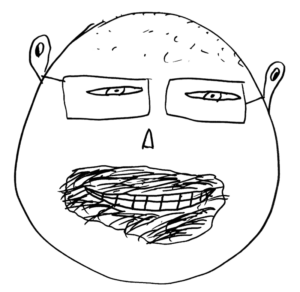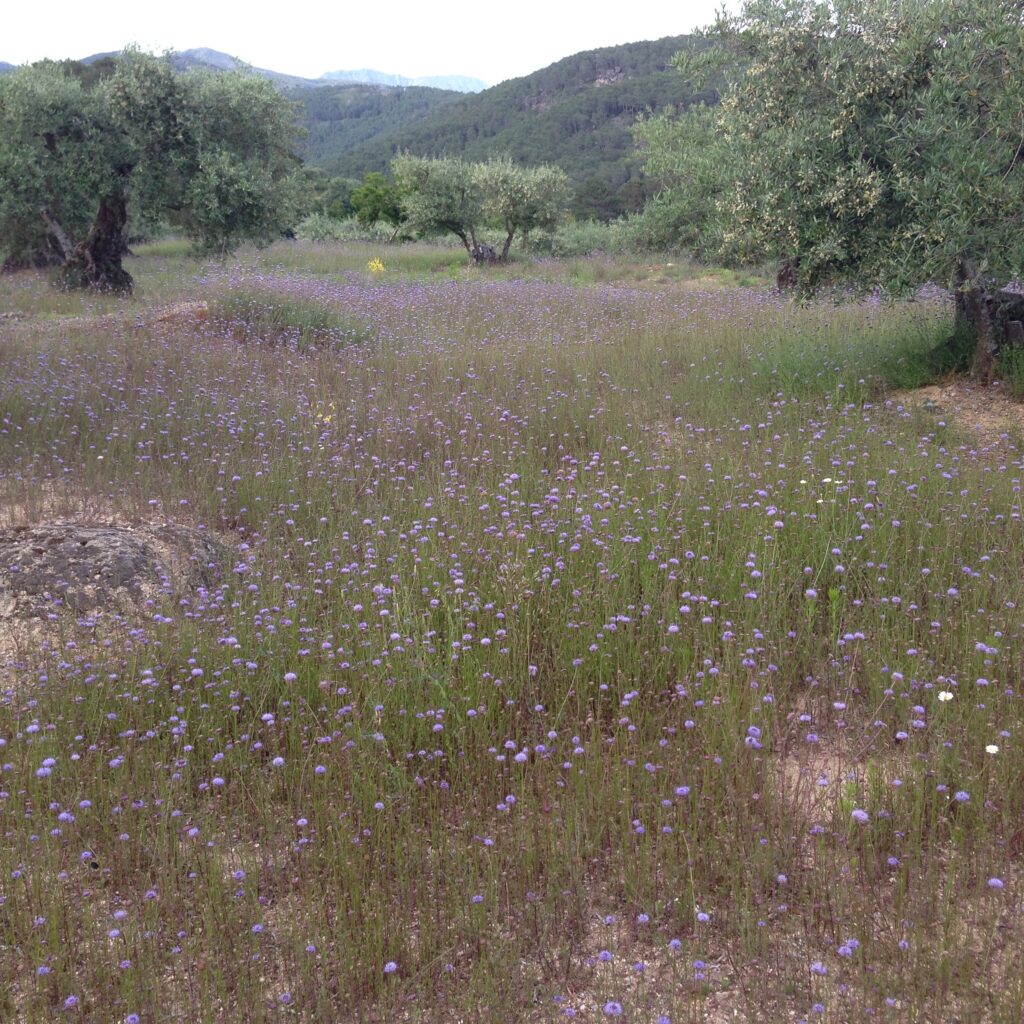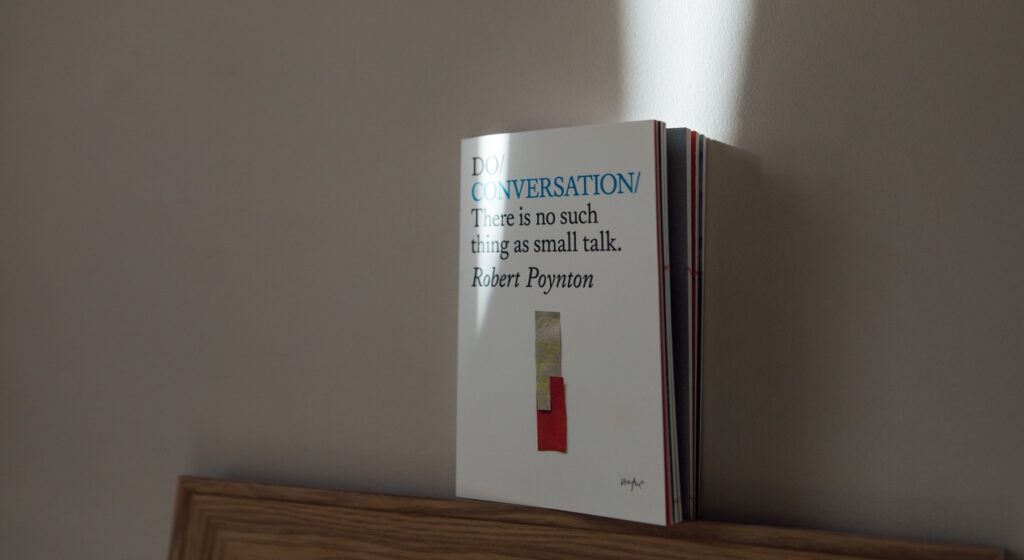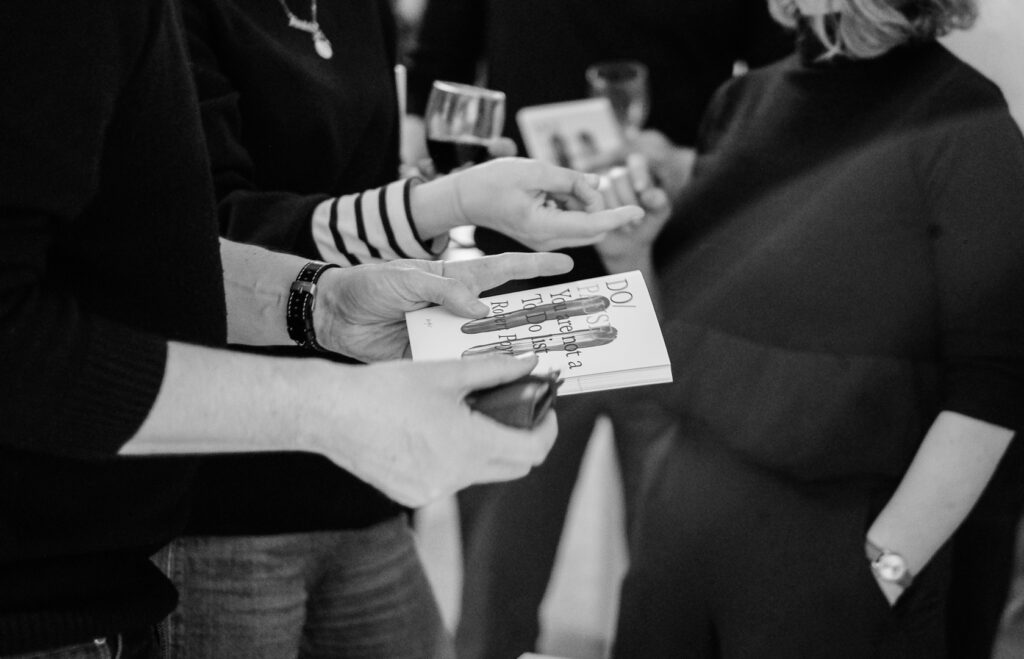Most of us think of our lives as a line, much like a path or road, where events happen one after another in a single, linear, sequence. The past lies behind us and the future stretches out ahead.
We frequently use the language of paths – whether it is career paths, spiritual paths or ‘bumps in the road’. Our calendars and diaries picture time in a similar, linear way. Thus the idea of a ‘time-line’ is both echoed, and reinforced.
This way of thinking can become so natural that we forget it is just a way of framing things – an interpretation. And, like any interpretation, it shapes how we think, drawing attention towards some things and away from others.
For young people in particular, this linear way of thinking about the future, where one thing leads to another in sequence can cause confusion, difficulty and stress. The metaphor of a path carries with it a subtle series of associations that aren’t necessarily helpful.
It can be a corset, one that stops you thinking in the round about the wealth of different possibilities that lie before you. It pays more attention to where a step leads, than exploring that experience for its own sake. A linear interpretation encourages you to think in narrow terms of qualifications and stepping stones towards a pre-determined goal – it quite literally ‘channels’ your thought. It also creates the pressure to take the ‘right’ step. In defining a path it simultaneously cuts off (or casts doubt on) possibilities that lie off the path, implying that if you take them, you will become ‘side-tracked’ or lost. The emphasis is more on progress than discovery or enjoyment. Overall it implies that you ought to know where you want to go, and that the task is working out how to get there, rather than encouraging you to explore.
What would happen then, if we chose a different interpretation, a different metaphor. That of the field, rather than the path?
The idea of a field adds dimension. It can also add depth and texture. There are many ways to explore a space or a territory. There is no one path – no forward, no back. One might explore a section, then return to a central point, then head off in another direction. Or, go all around the perimeter. Or hop about. Or go back, repeatedly, to the same place, approaching from different directions at different seasons, or in different moods.
Using the metaphor of a field changes how you think (and feel) about your future and how you develop yourself to meet it.
(Hat tip to Juan Albanell of Olivo Rojo, who first brought my attention to this whilst on a Parenthesis at La Serna).




